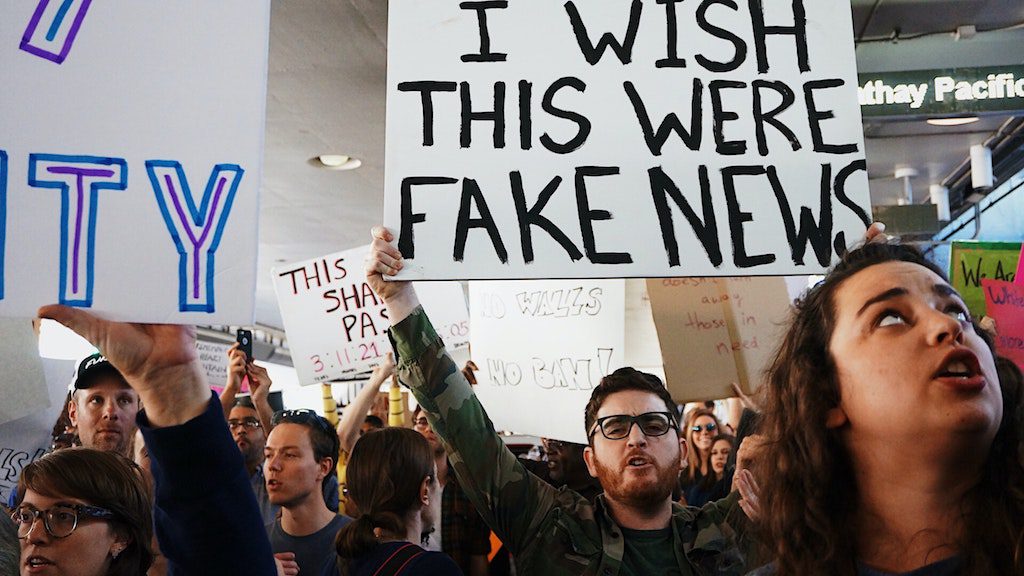A month ago, an article with a heading like this one would have been talking about the decline of local print media in the face of competition from online behemoths, the feasibility of paywalls for premium content and the viability of mergers and takeovers between competing media companies.
Now all bets are off.
Just a week into the initial 4-week lockdown for COVID-19, the news is now breaking every day about wholesale closures (Bauer Media and Radio Sport), layoffs (NZME) and across-the-board pay cuts (Mediaworks).
Advertising revenue hasn’t just taken a dive, it’s fallen off a cliff.
Even businesses that can still afford to advertise are reticent; people can’t do non-essential shopping and flashy advertising can be perceived as bad taste. It’s meant that media who were just hanging on, particularly many areas of print, have been badly hurt – for some, fatally. Even previously healthy parts of the industry, like radio, have seen their incomes plummet.
The great irony is that it comes at a time when people need the media – and are voraciously consuming it – more than ever. News sites are reporting record levels of consumption on a daily and weekly basis, with people hungry for the latest information and guidance.
But readership and viewership don’t translate into income. Those figures are only of value to show advertisers how many sets of eyeballs will be reading their ads while consuming news, sports or entertainment.
From a PR/communications perspective, having media ‘pick up’ a client’s story has traditionally depended on a variety of factors: How newsworthy is it? What are the visual elements? Where is it happening (i.e. can a reporter get there easily?) what else is happening at the same time? (‘pitching’ a story at quiet times make it more likely a reporter will be interested).
Our objective every time is to ensure the story is interesting, relevant and timely, and adds value to the journalist and media outlet.
But here too, things have changed.
Like the rest of us, many reporters are now working from home, connecting remotely with their newsrooms. Some have been told their jobs are under review or up for redundancy, some may be in discussions about taking ‘voluntary’ leave (potentially without pay) and all are dealing with the stresses of being essential workers.
Other organisations, such as TVNZ, have split their staff into two teams which are not rostered on at the same time. In other words, the country’s biggest broadcaster is operating at half its usual staffing levels during the biggest news story since WWII.
Meanwhile, the lack of advertising in print media like daily newspapers means they are limited in the number of pages they can print. Your daily paper isn’t skinny because there aren’t enough stories, it’s because there aren’t enough ads.
All this means it’s a changed landscape in terms of media exposure.
Stories that are genuinely newsworthy and of use to the public – in other words, stories that would often be picked up by local or national media outlets – are not getting the usual cut-through. This is not the fault of reporters or their bosses, it’s a direct consequence of a large amount of official and Government information NEEDS to be published or broadcast, and not enough time or resources to cover stories they would LIKE to do.
So, what’s the solution?
We’ve always been honest with our clients about how realistic media coverage is: an organisation’s new DMS might be a big deal internally, for example, but beyond niche trade press, it’s not going to fly.
Now, we’re working to refine our work with media further to determine what they’re looking for right now, and how our client’s information can enhance that. We’re also utilising other modes of credible information-sharing and using our expertise in native advertising and digital marketing to explore other opportunities.
Media opportunities still exist, but largely for information that directly affects people during our ‘new normal’. Tales of community cohesion, altruism, goodwill and efforts ‘above and beyond’ are still worth telling, as are breakthroughs, relevant insights and practical solutions to the problems we’re all dealing with.
We will keep sharing important stories, but please know that our friends in media are hurting too – and they’re doing their best to keep kiwis informed in these strange times.

